Home>Articles>How To Design Living Room And Dining Room Combo
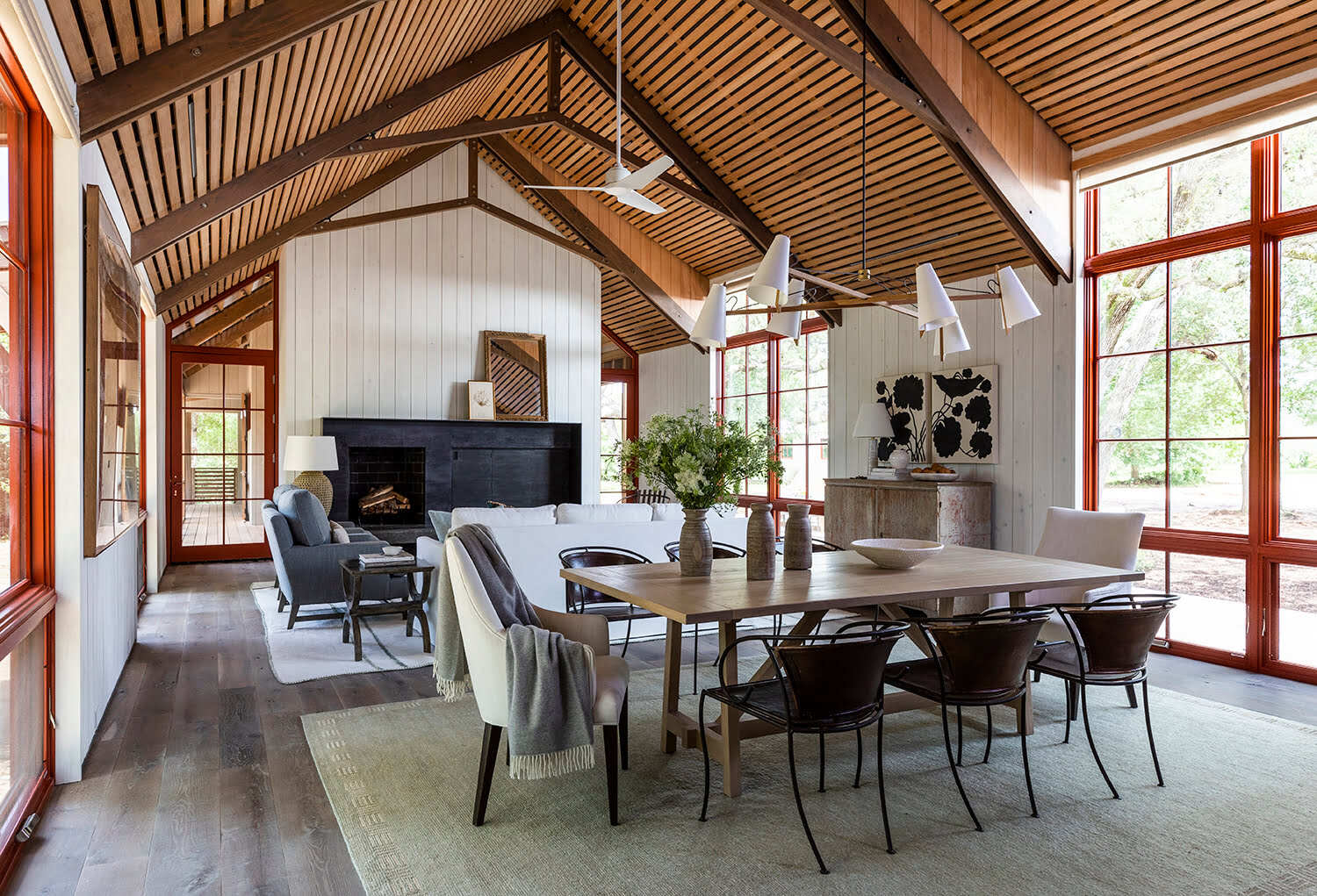

Articles
How To Design Living Room And Dining Room Combo
Modified: January 6, 2024
Learn the best techniques and ideas for designing a stylish and functional living room and dining room combo with these informative articles.
(Many of the links in this article redirect to a specific reviewed product. Your purchase of these products through affiliate links helps to generate commission for Storables.com, at no extra cost. Learn more)
Introduction
Welcome to the world of versatile interior design, where the living room and dining room come together in a beautiful fusion of functionality and style. Designing a space that serves as both a social hub and a dining area requires careful consideration and planning. Whether you have a small apartment or an open-concept home, creating a harmonious living room and dining room combo is all about maximizing space, choosing the right furniture, and creating a cohesive design.
One of the key advantages of combining the living room and dining room is the efficient use of space. By merging these two areas, you can create a seamless flow and eliminate the need for separate rooms. This not only opens up the available space but also encourages social interaction and creates a welcoming atmosphere for both family gatherings and entertainment.
When designing a living room and dining room combo, there are several factors to consider. First and foremost, think about how you want the space to function. Will it primarily be used for entertaining guests, family meals, or both? This will help you determine the layout and furniture selection that best suits your needs.
Next, consider the size and shape of the room. If you have a small space, it is important to choose furniture that is scaled appropriately and maximizes storage. On the other hand, if you have a larger room, you have the flexibility to experiment with different furniture arrangements and create distinct zones for living and dining.
Additionally, consider the overall aesthetic you want to achieve. Do you prefer a modern, minimalist look, or are you drawn to a more traditional or eclectic style? This will influence your choice of colors, materials, and decorative elements.
In the following sections of this article, we will delve deeper into each aspect of designing a living room and dining room combo. From selecting the right furniture to arranging the space to incorporating decorative elements, we will provide you with tips and inspiration to create a harmonious and visually stunning space.
Key Takeaways:
- Create a cohesive living room and dining room combo by considering flow, size, and purpose. Maximize space with multifunctional furniture and distinct zones for a visually stunning and functional environment.
- Infuse your personal style into the space by incorporating decorative elements such as wall art, plants, and textures. Arrange furniture thoughtfully to promote functionality and visual appeal, creating a welcoming and individualized living and dining area.
Considerations for Designing the Living Room and Dining Room Combo
Designing a living room and dining room combo requires thoughtful planning and consideration. Before diving into furniture selection and layout, there are a few important factors to keep in mind. By taking these considerations into account, you can design a space that is not only functional but also visually appealing.
First and foremost, think about the flow of the room. A seamless transition between the living and dining areas is crucial for creating a cohesive space. Consider the traffic flow and ensure there is enough room for people to move around comfortably. Avoid placing furniture or other obstructions in walkways that could hinder movement.
Next, think about the purpose of the room. How do you envision using the space? Will it primarily be used for entertaining, family meals, or a combination of both? This will help you determine the seating and dining options that best suit your needs.
Another important consideration is the size and shape of the room. If you have a small space, you need to be mindful of scale and proportion. Choose furniture that is appropriately sized to ensure it doesn’t overpower the room. Consider multifunctional furniture pieces, such as extendable dining tables or storage ottomans, to maximize space.
If you have a larger space, you have the luxury of experimenting with different furniture arrangements and creating distinct zones for living and dining. Divide the space visually by using area rugs or pendant lights to define each area. This will help create a sense of purpose and delineate separate spaces within the room.
Lighting is another crucial consideration when designing a living room and dining room combo. Proper lighting can enhance the ambiance and functionality of the space. Consider a combination of ambient, task, and accent lighting to create a layered and inviting atmosphere. Install dimmer switches to adjust the lighting intensity to suit different occasions.
Lastly, consider the overall design aesthetic you want to achieve. Do you prefer a cohesive and coordinated look, or are you interested in creating distinct styles for the living and dining areas? Choose a cohesive color palette and use it to tie the two areas together. Pay attention to materials, textures, and patterns to create a cohesive and visually pleasing design.
By considering these factors and planning accordingly, you can create a living room and dining room combo that is functional, visually appealing, and reflective of your personal style.
Selecting the Right Furniture
Choosing the right furniture is essential when designing a living room and dining room combo. Not only should the furniture be functional and comfortable, but it should also contribute to the overall aesthetic of the space. Here are some considerations to keep in mind when selecting furniture for your combined living and dining area.
1. Space Optimization: Start by taking measurements of the room to determine the available space. Consider the size of the furniture and how it will fit into the room. Opt for furniture pieces that are proportionate to the size of the area to avoid overcrowding.
2. Versatility: Look for furniture that serves dual functions. For example, consider a dining table that can be extended or folded to accommodate different seating capacities. Choose seating options that can be easily rearranged to suit various activities, such as ottomans or chairs with casters.
3. Clear Sightlines: When selecting furniture, keep in mind the importance of maintaining clear sightlines in the room. Ensure that taller pieces, such as bookcases or buffets, are placed strategically so as not to obstruct views between the living and dining areas.
4. Cohesive Design: Choose furniture pieces that complement each other in terms of style, materials, and finishes. This will help create a cohesive and harmonious look throughout the space. For example, if you opt for a modern and sleek dining table, consider pairing it with equally sleek and streamlined living room furniture.
5. Storage Solutions: In a combined living and dining space, storage can be a challenge. Look for furniture pieces that offer built-in storage options or consider incorporating separate storage solutions, such as a credenza or buffet. This will help keep the space organized and clutter-free.
6. Comfort: Whether you are entertaining guests or enjoying a family meal, comfort is key. Opt for furniture with comfortable seating options, such as chairs or sofas with plush cushions. Don’t forget to add throw pillows and blankets to create a cozy and inviting atmosphere.
7. Durability: Considering the dual-functionality of the space, it is important to choose furniture that is durable and can withstand regular use. Look for high-quality materials and craftsmanship that can withstand spills, wear and tear, and frequent cleaning.
8. Flexibility: Keep in mind that your furniture needs may change over time. Choose pieces that can be easily modified or repurposed to adapt to your evolving needs. This will ensure that your living room and dining room combo remains functional and relevant for years to come.
By considering these factors when selecting furniture, you can create a well-designed and functional living room and dining room combo that meets your needs and reflects your personal style.
Maximizing Space and Functionality
In a living room and dining room combo, maximizing space and functionality is crucial to ensure that the area serves its purpose efficiently. Here are some tips to help you make the most of the available space while maintaining a functional and visually appealing environment.
1. Furniture Placement: Start by carefully planning the placement of furniture to optimize the available space. Consider the flow of the room and ensure that there is enough space for easy movement between the living and dining areas. Place larger pieces of furniture against walls to create a more open and spacious feel.
2. Multifunctional Furniture: Invest in furniture that serves multiple purposes. For example, consider a dining table with built-in storage compartments or a coffee table that can be extended to accommodate extra seating. By incorporating multifunctional pieces, you can maximize functionality without sacrificing space.
3. Utilize Vertical Space: In a combined living and dining area, vertical space is often underutilized. Consider adding floor-to-ceiling shelves or wall-mounted cabinets to increase storage capacity without taking up valuable floor space. This will help keep the room organized while adding a visually appealing element.
4. Opt for Slim Profiles: When selecting furniture, choose pieces with slim profiles that take up less visual space. This will create a more open and airy feel in the room. Look for furniture with legs, as they create a sense of lightness and openness.
5. Foldable and Stackable Seating: Maximizing seating capacity is essential in a combined living and dining area. Opt for foldable or stackable chairs that can be easily stored when not in use. This allows you to accommodate more guests without taking up permanent space.
6. Use Mirrors: Mirrors can make a room appear larger and brighter. Place a strategically positioned mirror on a wall to reflect light and create the illusion of additional space. This trick can be especially effective in smaller living and dining room combos.
7. Create Zones: Establish distinct zones within the room to define different functions. Use area rugs or pendant lights to visually separate the living and dining areas. This not only adds a decorative element but also helps create a clear distinction between the two spaces.
8. Take Advantage of Natural Light: Natural light can make a space feel more open and spacious. Keep curtains or blinds minimal to allow maximum light to enter the room. If privacy is a concern, consider using sheer curtains or blinds that can still let in light while providing some level of privacy.
By implementing these tips, you can maximize the space and functionality of your living room and dining room combo, creating a comfortable and efficient environment for both relaxing and entertaining.
When designing a living room and dining room combo, consider using area rugs to visually separate the two spaces. This can help define each area while maintaining a cohesive look.
Creating a Cohesive Design with Color and Lighting
In a living room and dining room combo, creating a cohesive design is essential to ensure a harmonious and visually appealing space. Two key elements that greatly contribute to the overall design are color and lighting. By carefully selecting the right colors and lighting fixtures, you can create a cohesive and inviting atmosphere that ties the two areas together.
Color: When choosing colors for your living room and dining room combo, it is important to establish a cohesive color palette that flows seamlessly between the two spaces. Here are some tips to guide you:
- Consider the Overall Mood: Think about the atmosphere you want to create. Do you prefer a calm and serene environment or a vibrant and energetic one? This will help determine whether to use cool or warm colors as the basis of your palette.
- Avoid Clashing Colors: Select colors that complement each other and create a harmonious look. If you want a more monochromatic scheme, choose different shades of the same color. For a more contrasting look, select complementary colors or opt for a triadic color scheme.
- Create Visual Flow: Transition smoothly between the living and dining areas by using colors that connect the two spaces. Consider using an accent color on one wall and carrying it through in smaller accents, such as throw pillows or artwork, in the adjacent area.
- Balance Bold and Neutral Tones: Incorporate both bold and neutral colors to create visual interest and balance. For example, if you have a bold accent wall in the living area, balance it with neutral tones for the dining area.
Lighting: Proper lighting is essential in a living room and dining room combo as it can greatly enhance the ambiance and functionality of the space. Consider the following tips when choosing lighting fixtures:
- Layered Lighting: Incorporate a combination of ambient, task, and accent lighting to create a layered effect. This will allow you to adjust the lighting levels based on the specific activities in each area.
- Dimmers and Control Systems: Install dimmer switches or use smart lighting control systems to easily adjust the intensity of the lights. This provides flexibility and allows you to create the desired mood for different occasions.
- Focal Point Lighting: Highlight key features of the room, such as artwork or architectural elements, with accent lighting. This draws attention to these focal points and adds visual interest to the space.
- Natural Light: Maximize the use of natural light. Keep windows uncovered or use sheer curtains to allow ample light to enter the room. This not only adds to the overall brightness but also creates a connection with the outdoors.
- Statement Lighting: Incorporate statement lighting fixtures, such as chandeliers or pendant lights, to add style and personality to the space. Choose fixtures that complement the overall design aesthetic and serve as a focal point in the room.
By carefully considering your color scheme and lighting options, you can create a cohesive and visually stunning living room and dining room combo that exudes style and sophistication.
Arranging and Organizing the Space
Arranging and organizing the space in a living room and dining room combo is crucial to ensure it functions well and looks visually pleasing. By following some key tips and principles, you can create an arrangement that maximizes the available space and promotes a harmonious atmosphere.
Zoning: Begin by defining separate zones for the living and dining areas. This can be done using furniture placement, area rugs, or different lighting fixtures. By visually indicating the boundaries between the two areas, you create a sense of purpose and organization.
Focal Points: Identify focal points in each area and arrange furniture around them. In the living area, this could be a fireplace, a TV, or a large window with a beautiful view. In the dining area, it could be a stunning chandelier or a statement dining table. Placing furniture in relation to the focal points helps create balance and draws attention to key features of the room.
Furniture Placement: Consider the flow of the room and arrange furniture in a way that allows for easy movement between the living and dining areas. Avoid blocking pathways or placing furniture in a manner that obstructs sightlines. Opt for open and airy arrangements that promote a sense of spaciousness.
Scale and Proportion: When selecting and arranging furniture, pay attention to scale and proportion. Avoid oversized furniture that overwhelms the space in a small living room and dining room combo. Equally, avoid placing small furniture in a large space as it can appear lost and insignificant. Strive for a balanced look by choosing furniture that fits the scale of the room.
Functional Furniture Arrangement: Ensure that the furniture arrangement serves the intended purpose of each area. In the living area, create conversation areas by arranging seating around a central coffee table. In the dining area, allow enough space for chairs to be pulled out comfortably and ensure there is ample room for guests to move around the table.
Storage Solutions: Utilize storage solutions to keep the space organized and clutter-free. Incorporate furniture pieces that offer hidden storage, such as ottomans with concealed compartments or sideboards with drawers and cabinets. This allows you to stow away items that are not in use, reducing visual clutter in the room.
Balance and Symmetry: Achieve a balanced and visually pleasing arrangement by using symmetry. This can be done by placing matching furniture pieces on either side of a focal point or by using similar shapes and sizes throughout the room. Symmetry creates a sense of order and harmony.
Flexibility: Keep in mind that the needs of the space may change over time. Arrange furniture in a way that allows for flexibility and easy adjustments. Consider lightweight and movable furniture pieces that can be rearranged to accommodate different activities or social gatherings.
By considering these tips and principles, you can create an organized and functional living room and dining room combo that promotes a balanced and visually appealing environment.
Incorporating Decorative Elements
Decorative elements play a vital role in enhancing the visual appeal and personality of a living room and dining room combo. By strategically incorporating these elements, you can infuse your own sense of style and create a space that is both inviting and visually stunning. Here are some tips for incorporating decorative elements:
1. Wall Art and Mirrors: Hang artwork or mirrors on the walls to add a focal point and create visual interest. Choose pieces that reflect your personal style and complement the overall design aesthetic of the room. Make sure to consider the scale and proportion of the wall art or mirrors in relation to the size of the wall and surrounding furniture.
2. Plants and Greenery: Bring the beauty of nature indoors by incorporating plants and greenery. Consider placing potted plants or hanging planters in strategic locations to add a touch of freshness and life to the space. Plants also help improve indoor air quality and create a calming atmosphere.
3. Textures and Patterns: Introduce different textures and patterns to add depth and visual interest to the room. Incorporate textured throw pillows, patterned area rugs, or textured wall coverings to create a layered and inviting space. Mix and match different textures and patterns to add visual variety and create a unique look.
4. Window Treatments: Dress up your windows with stylish and functional window treatments. Choose curtains or blinds that complement the overall design aesthetic and color scheme of the room. Consider using sheer curtains for a light and airy feel or opt for heavier drapes for a more dramatic look.
5. Lighting Fixtures: Use decorative lighting fixtures to make a statement and add a touch of elegance to the room. Chandeliers, pendant lights, or unique lamp designs can become focal points and enhance the overall aesthetic. Make sure the lighting fixtures are proportionate to the size of the room and create the desired ambiance.
6. Personal Collections and Mementos: Display your personal collections or mementos to add a touch of individuality and personalization to the space. Whether it’s a collection of books, artwork, or travel souvenirs, incorporating meaningful items can create a sense of warmth and add a personal touch to the room.
7. Decorative Accessories: Use decorative accessories such as vases, sculptures, or decorative bowls to add visual interest and reflect your personal style. Choose items that align with the overall design aesthetic and color palette of the room. Group accessories together in vignettes to create a curated and stylish look.
8. Accent Colors: Inject pops of color into the room with accent pieces such as throw pillows, blankets, or decorative objects. Choose colors that complement or contrast with the overall color scheme to make a statement and add visual appeal. Don’t be afraid to experiment with bold or vibrant colors for a playful and lively atmosphere.
By incorporating decorative elements thoughtfully, you can transform your living room and dining room combo into a space that reflects your personal style and creates a welcoming and visually captivating environment.
Conclusion
Designing a living room and dining room combo requires careful consideration and attention to detail. By following the tips and guidelines provided in this article, you can create a space that is not only functional but also visually appealing. From selecting the right furniture to maximizing space and incorporating decorative elements, each aspect plays a crucial role in creating a harmonious and inviting environment.
Considerations such as flow, size, and purpose of the room are essential in determining the layout and furniture selection. By maximizing space and choosing multifunctional furniture, you can ensure that the area serves its purpose efficiently. Creating distinct zones through the use of rugs, lighting, and furniture placement helps define each area while maintaining a cohesive design.
The color scheme and lighting choices greatly impact the overall aesthetic of the room. By selecting colors that complement each other and using a layered lighting approach, you can create a visually cohesive and inviting space. Incorporating decorative elements such as wall art, plants, and textures adds depth and personality to the room.
Arranging and organizing the space in a thoughtful manner is crucial in ensuring functionality and visual appeal. Consider furniture placement, balance, and symmetry to create a well-proportioned arrangement. Utilize storage solutions to keep the space organized and clutter-free.
Lastly, incorporating personal touches and decorative accessories adds a sense of individuality and warmth to the room. Whether it’s displaying personal collections or adding pops of color, these elements help create a space that reflects your unique style and personality.
In conclusion, designing a living room and dining room combo is a creative and exciting process. By carefully considering the various aspects and incorporating your own personal touches, you can transform the space into a harmonious and visually stunning environment that is perfect for both relaxing and entertaining.
Frequently Asked Questions about How To Design Living Room And Dining Room Combo
Was this page helpful?
At Storables.com, we guarantee accurate and reliable information. Our content, validated by Expert Board Contributors, is crafted following stringent Editorial Policies. We're committed to providing you with well-researched, expert-backed insights for all your informational needs.
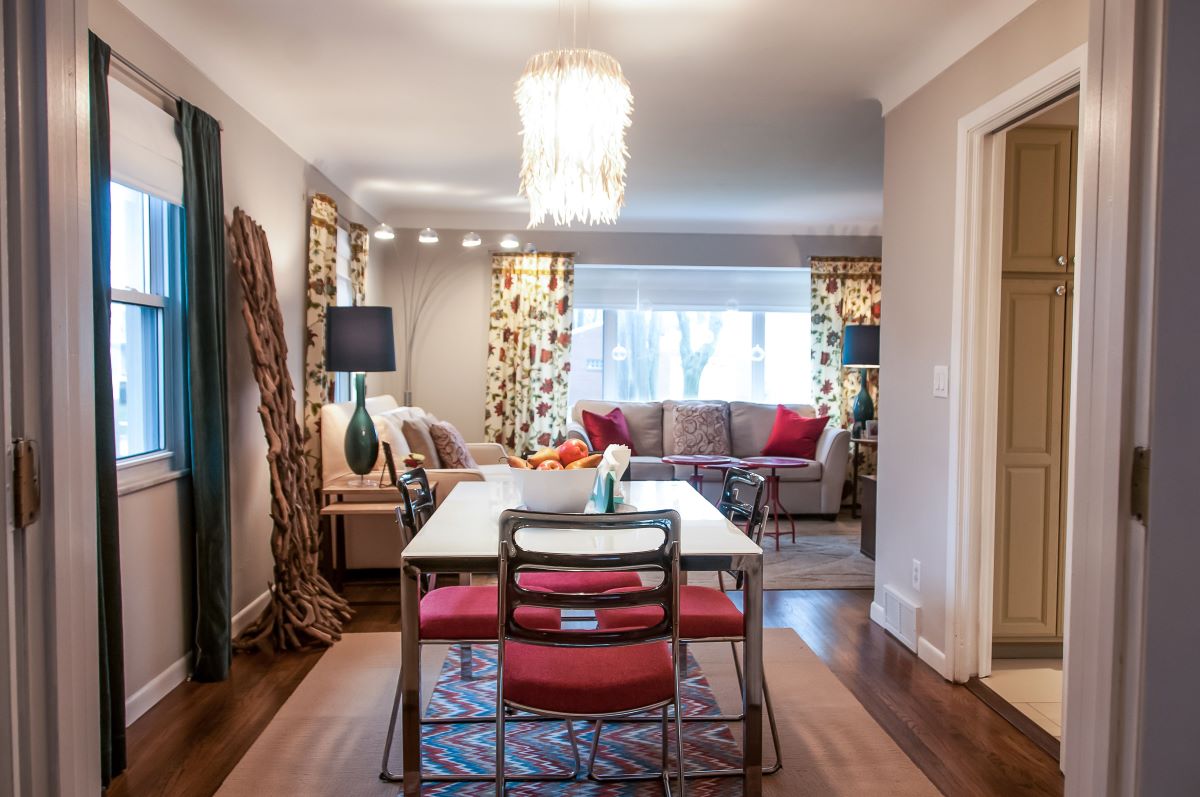
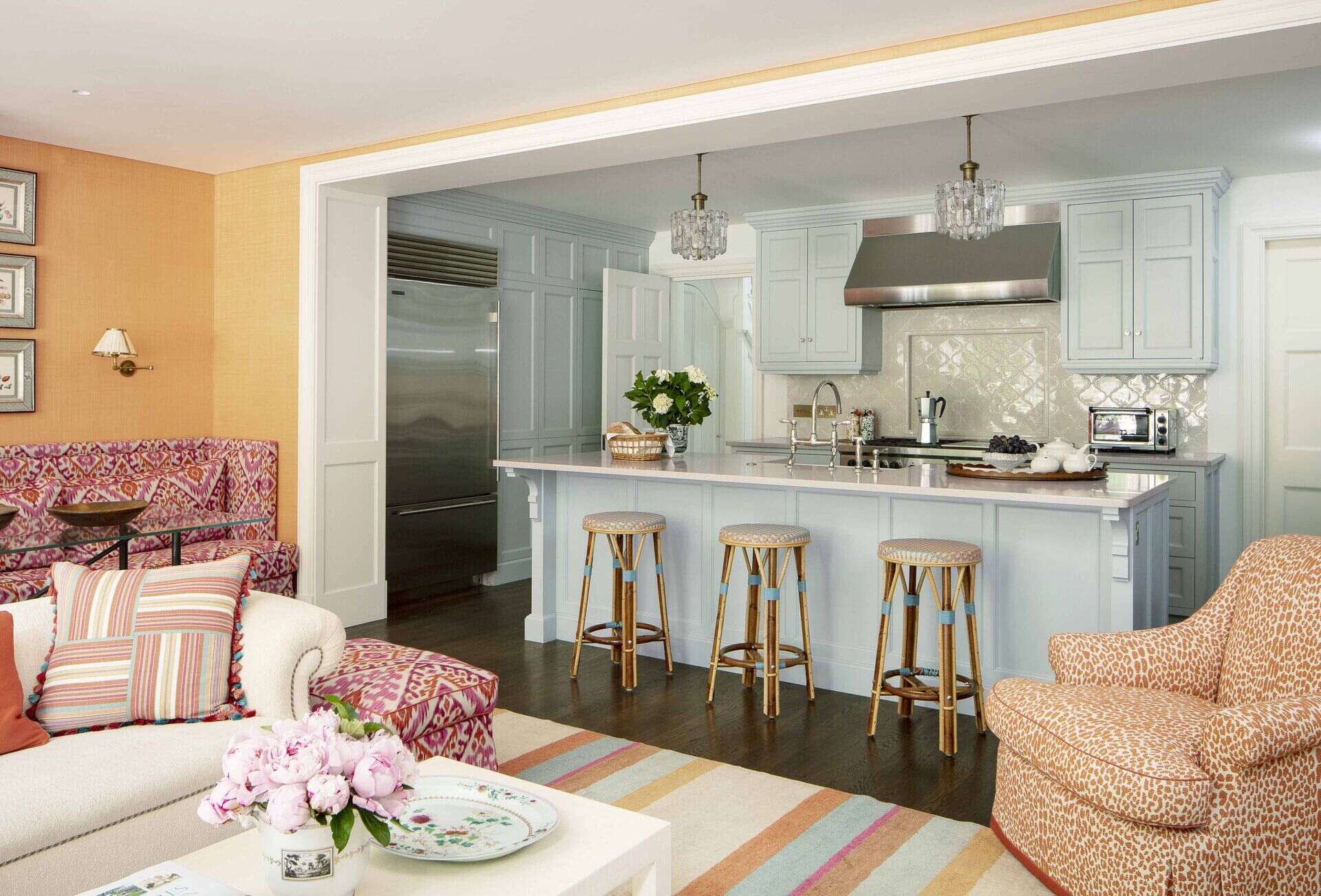
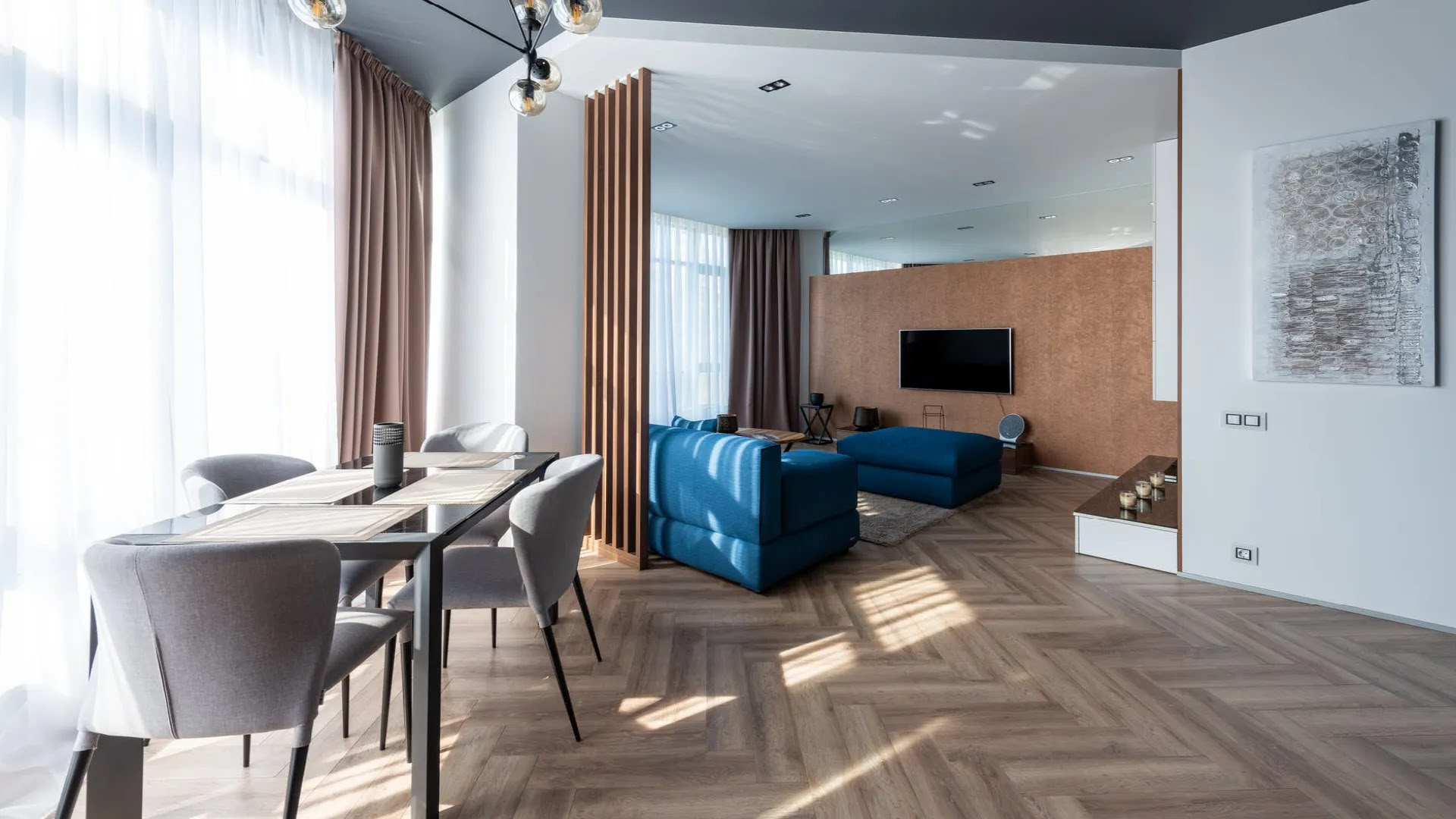
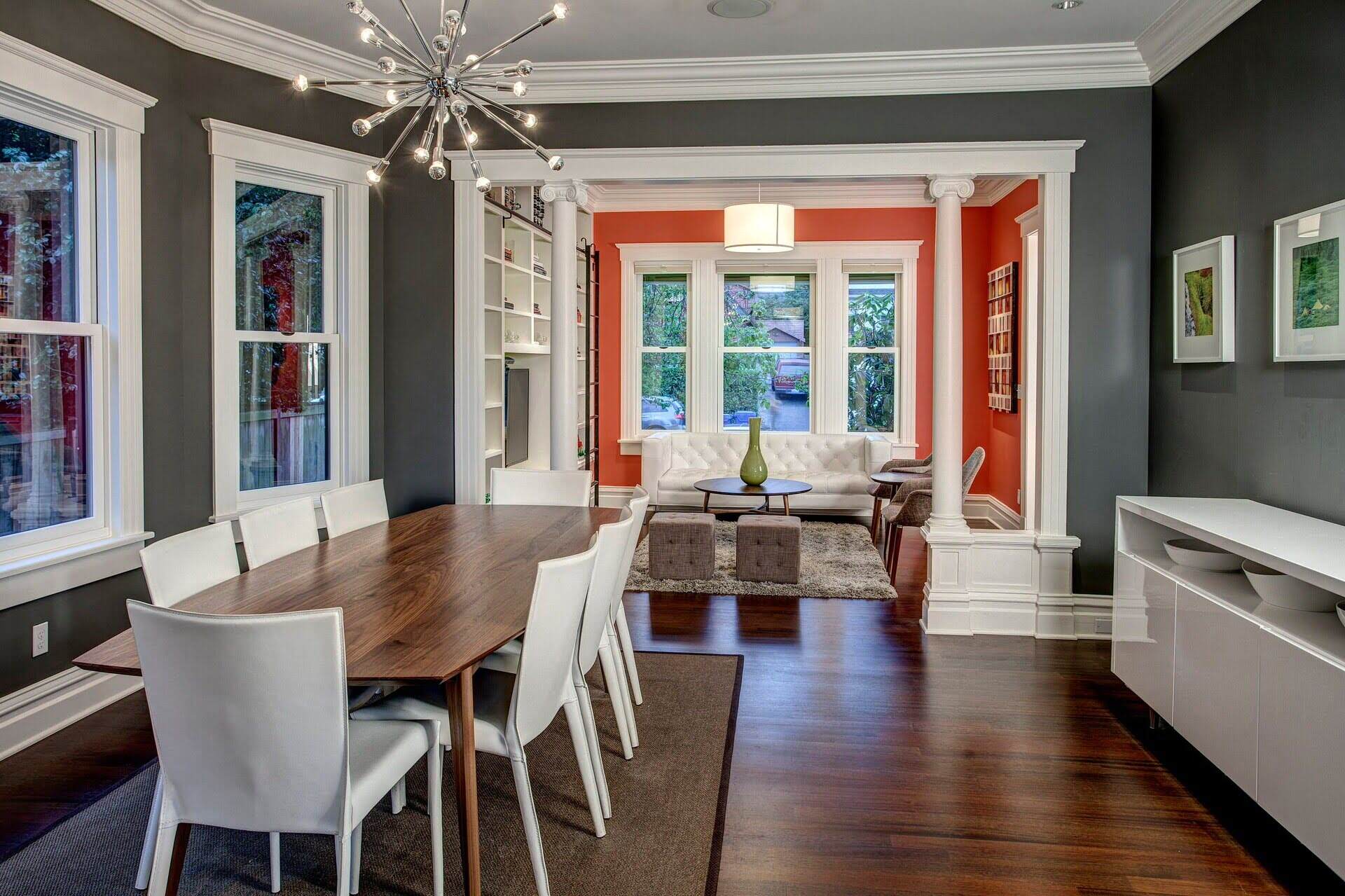
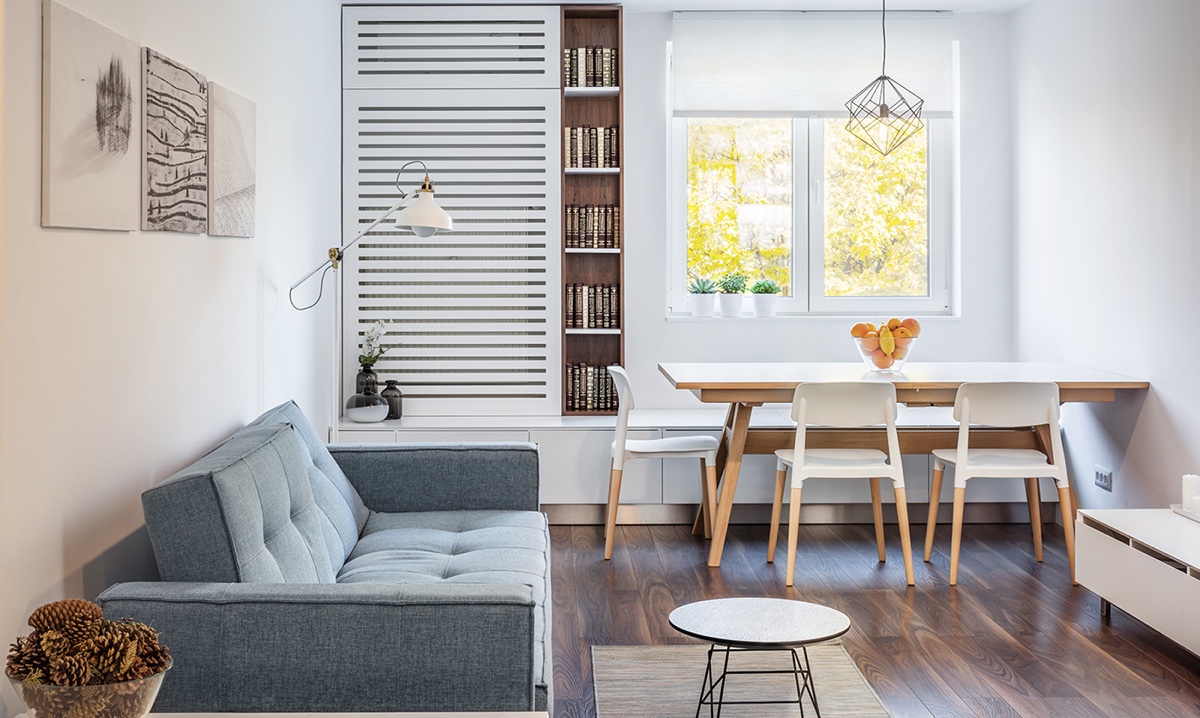

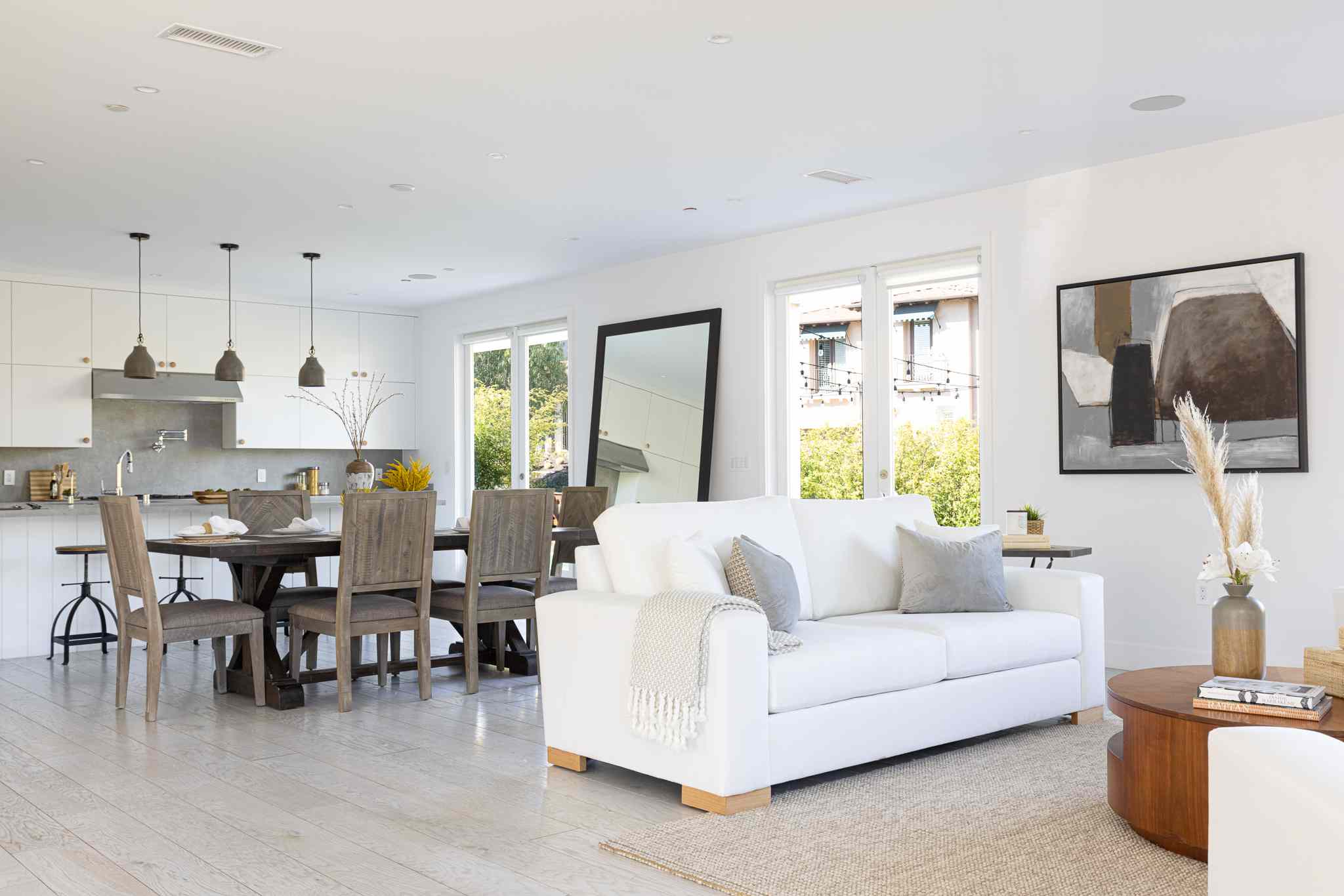
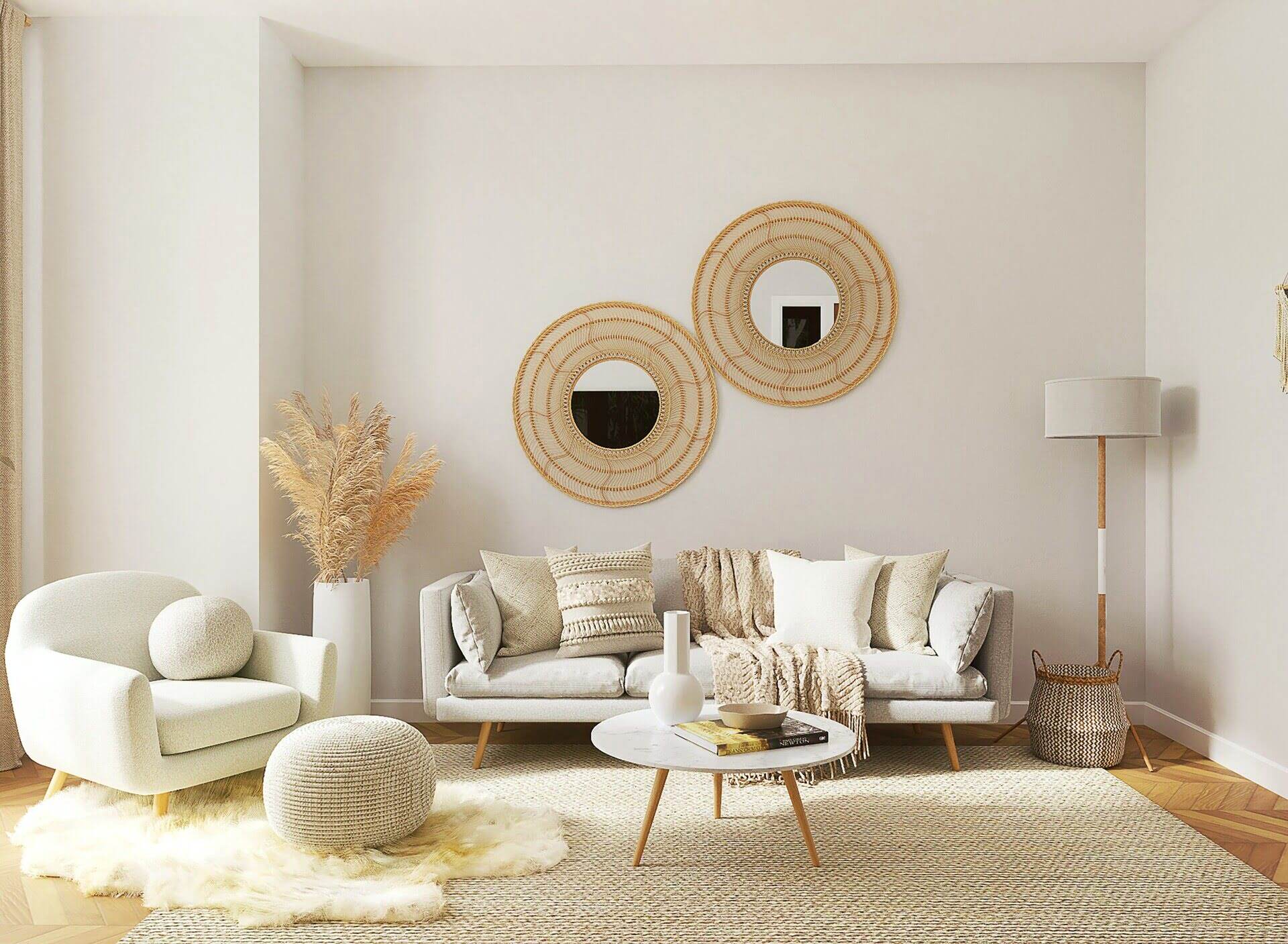
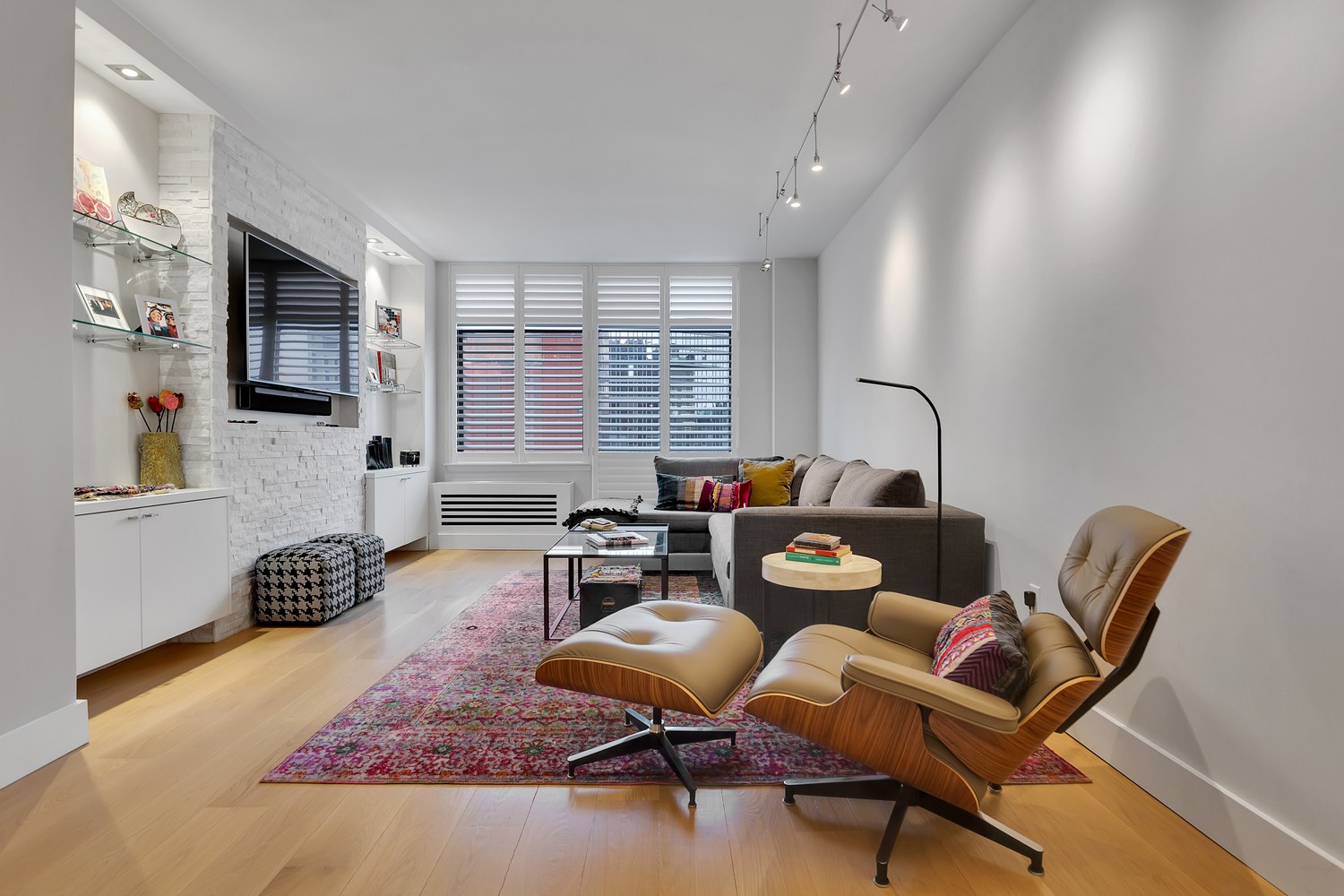

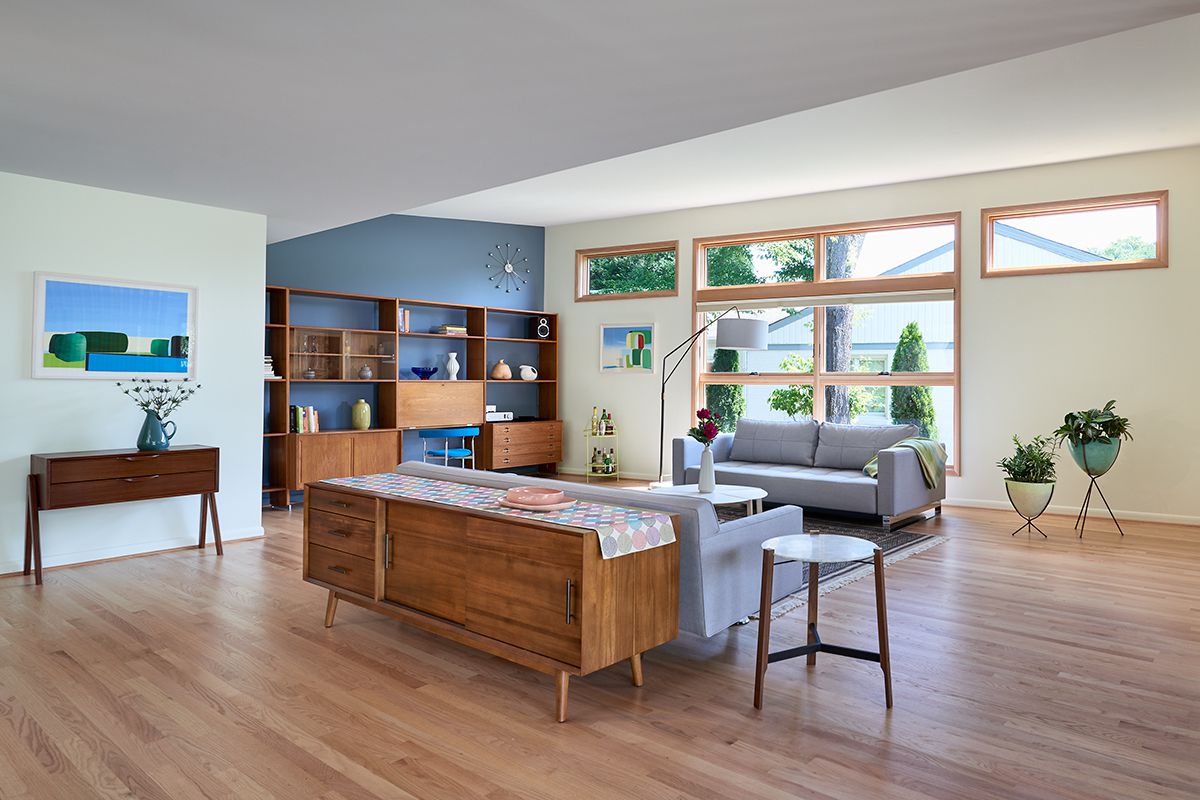

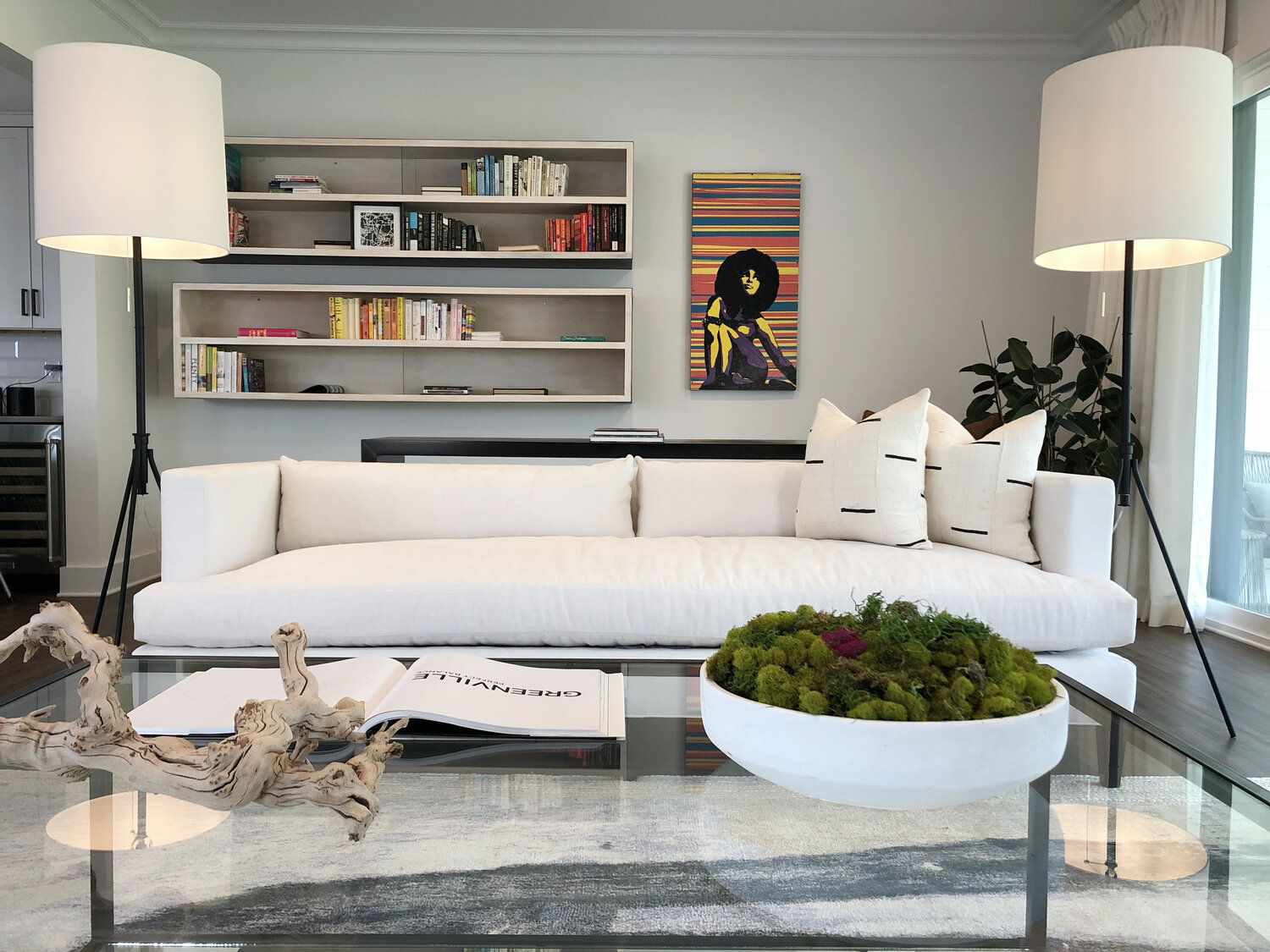
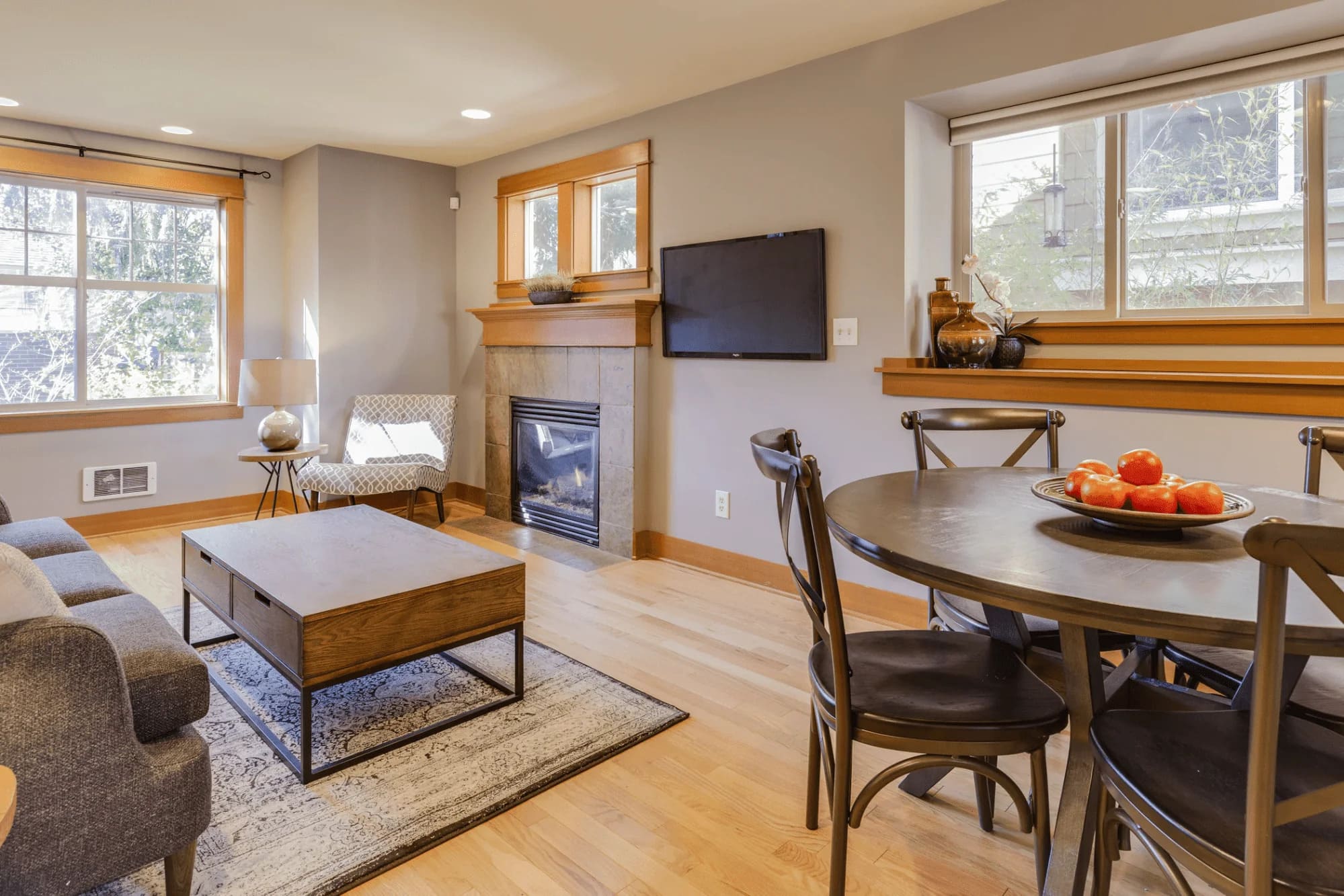

0 thoughts on “How To Design Living Room And Dining Room Combo”